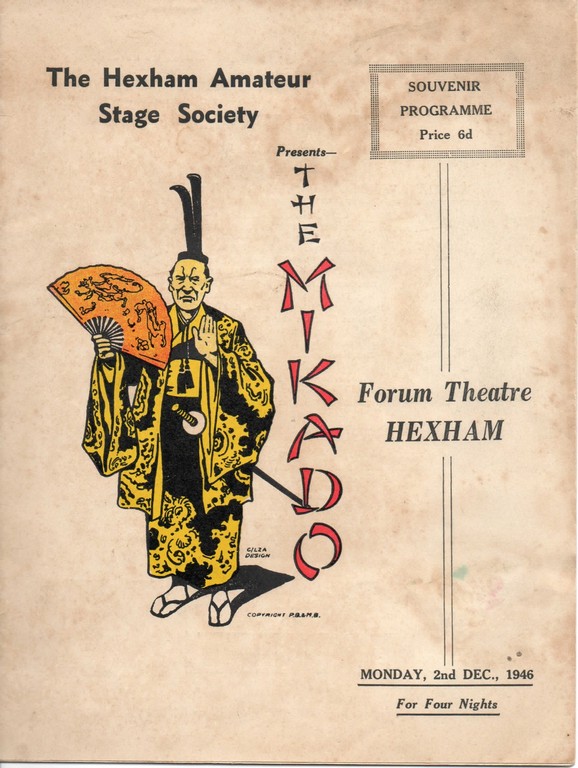The Mikado
The Mikado (or The Town of Titipu) has become one of the most-performed pieces of musical theatre in history. As with many of Gilbert and Sullivan’s productions, the show satirizes aspects of Victorian Britain’s politics and aristocracy; in The Mikado, however, the duo cleverly cloaked these criticisms behind a charming story set not in Britain, but in exotic Japan. Nanki-Poo, the son of the Mikado (the Japanese emperor), has fled in disguise to avoid marrying a much older suitor, and to find and marry his own beloved, the beautiful Yum-Yum. Yum-Yum, however, is the ward of Ko-Ko, the lord high executioner, and has become betrothed to him against her will. In the meantime, Ko-Ko finds his job difficult to carry out as the Mikado puts pressure on him to fulfill his quota of killings, but the executioner realizes he is too soft-hearted to kill anyone. His solution is to trade a month of marriage to Yum-Yum for Nanki-Poo’s life (though he only pretends to kill him), but, of course, the plan backfires as Ko-Ko finds himself subject to capital punishment for allegedly killing the Mikado’s son. As usual in Gilbert’s imaginative plots, the tangled web unravels, and everyone lives happily ever after. This complex satire is characterized by the clever wordplay, memorable tunes, and endearing characters that have allowed Gilbert and Sullivan’s popularity with audiences to endure for well over a century.








